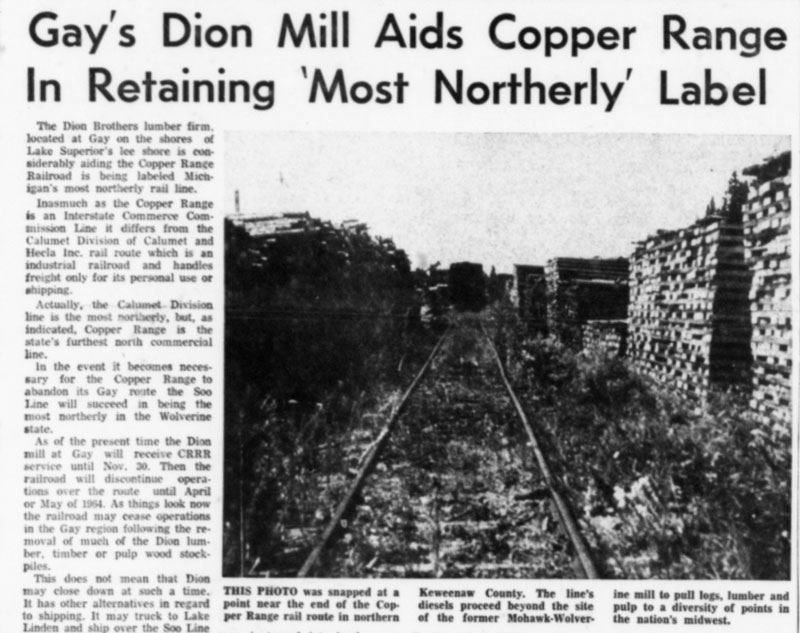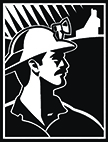
AFTER the MILLS: FISHING and LUMBERING
Fishing and lumbering in the area began well before the mills were built. When the last mill closed in 1932 fishing and lumbering resurged as the two largest industries.
Prior to European settlement, the Ojibwa regularly fished in Big Traverse Bay. Today, Buffalo Reef remains a significant economic and cultural spawning and harvesting ground for Ojibwa nations. In the late 19th century, Finnish immigrants, among others, established commercial fishing operations near the mouths of the Betsy, Tobacco, and Traverse Rivers.
While there were some part-time fishers during the early years of the mills, it was not until the 1920s that fishing became a dominant economic activity in Gay. Many families throughout Big Traverse Bay continued fishing through much of the 20th century. Some fishing families in the Copper Country established an economic cooperative in Hancock, where the fish were processed, sold, and shipped. Drawing upon Finnish tradition, by pooling their resources, they sold fish more competitively, both locally and throughout the Great Lakes.
The Kauppi family fishing vessels - The Beaver and Water Lily - at the Kauppi dock north of the Tobacco River. Built in 1920, the Water Lily (right) was also used in the 1920s to transport passengers to Isle Royale. The Beaver (left) was built in 1941. Courtesy: Gay Museum.

Onesime Dion, who logged throughout the peninsula and had many sawmills, established the Gay Sawmill in 1938. Many former mill employees found work at the Dion sawmills and logging camps when the final copper stamp mill closed in 1932. Logging extended as far as Lac La Belle and Gratiot Lake. The Dions shipped lumber and pulpwood by rail to factories in L’Anse and Green Bay. The sawmill closed in 1964 when Copper Range Railroad line stopped service to Gay.
In 1963 Dion Sawmill employed 20 to 25 men who cut, piled, and shipped raw timber on the Copper Range Gay line. Word that the line might soon close left the status of the sawmill uncertain. Daily Mining Gazette. August 24, 1963. Courtesy: MTU Archives.
Working with fishing nets. 1974. Courtesy: MTU Archives. Kauppi Collection.
Big (Grand) Traverse Bay Harbor supported a commercial fishing community south of Gay. 1949. Courtesy: Gay Museum.
In 1963 Dion Sawmill employed 20 to 25 men who cut, piled, and shipped raw timber on the Copper Range Gay line. Word that the line might soon close left the status of the sawmill uncertain. Daily Mining Gazette. August 24, 1963. Courtesy: MTU Archives.
Dion’s Gay Sawmill with Onesime’s son Jerome, with his two sons Jerry and Robert, and their friend John. Courtesy: Gay Museum
From the early 1900s, Copper Range Railroad ran long trains of coal into the mills at Gay and copper product to the Michigan Smelter on Portage Lake. In the 1930s, after the Mohawk Mill closed, the railroad transported timber and cut wood into and out of town until the 1960s when the Gay line closed. Date: 1960s. Courtesy: Gay Museum



